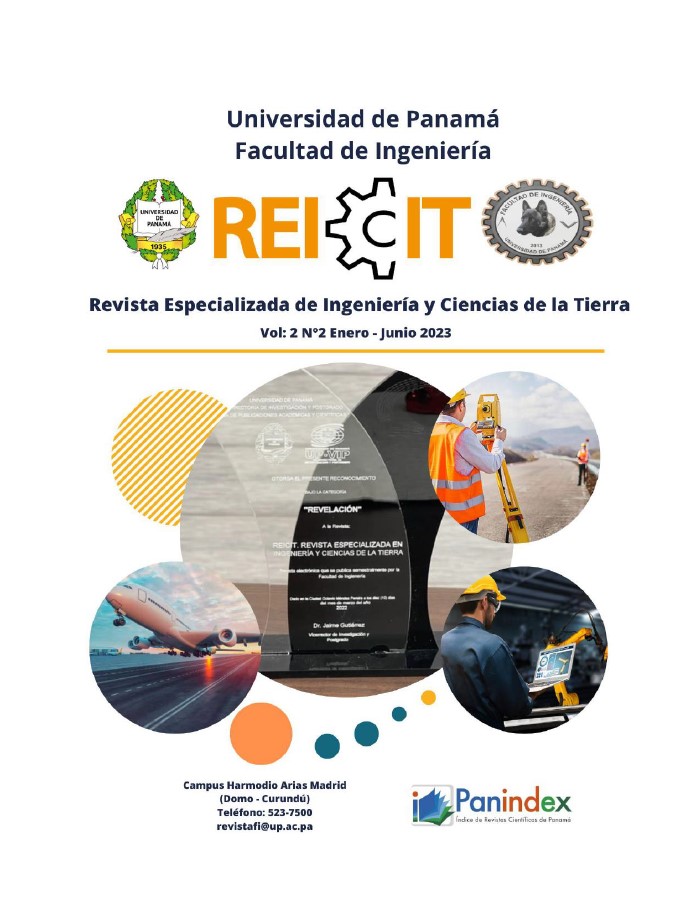


This work is licensed under a Creative Commons Attribution-NonCommercial-ShareAlike 4.0 International License.
Musculoskeletal traumas or injuries in citizens who use public land transport, collectively, have been displaced by just ensuring that transport begins to be electric, however, we can observe that in most transport companies there are unions for the care of its collaborators, for injuries of this type. The objective of this work is to determine the effects on health when sitting for a long time when using public land transport in the province of Panama, in 2022. The study of this problem is of a descriptive level, which will be measured longitudinally, the application of a qualitative approach will be presented and, in addition, results will be presented with a quantitative approach, using a documentary analysis technique on the relevant ideas, based on the secondary information obtained. Based on the information obtained from the master's thesis carried out by the architect García Escamilla J., in Viladecans-Sant Climent de Llobregat Barcelona, ??Spain, from one end of the route to the other it takes around 20 minutes, in a territorial extension of 4 km by road, a short transfer, but quite busy. According to a study of occupational health specialization, carried out in the transport sector, only for drivers with musculoskeletal problems, it was found that the prevalence of musculoskeletal symptoms was higher in the lumbar region (54%), followed by the neck (31%). %) and shoulder (28%). It is concluded that, in Panama, a detailed study of health problems as a consequence of the constant and prolonged use of public land transport has not been carried out. It was found that these alter both the muscles and the skeleton and thanks to WHO studies, it is known that worldwide this problem has become one of the main reasons for disability.